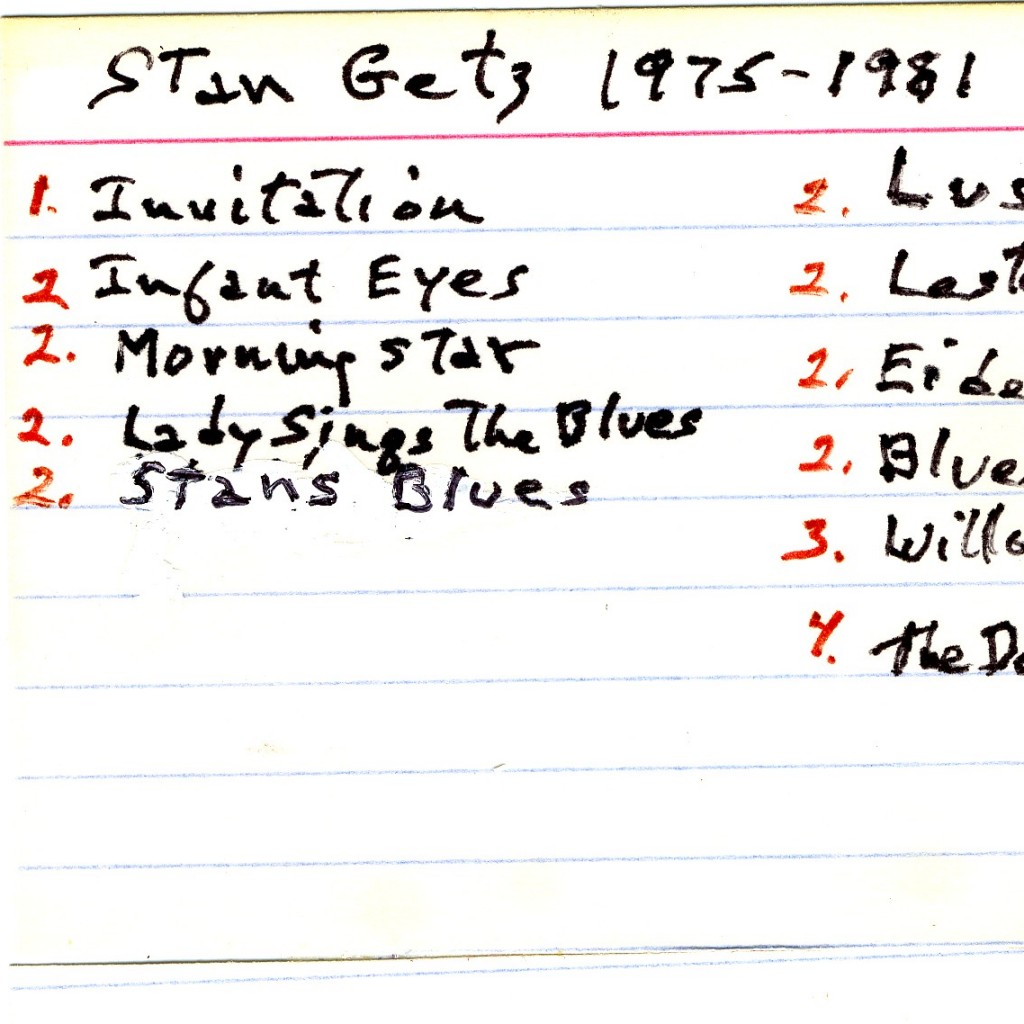It comes up every now and then; someone discovers a massive collection of recordings in a basement, attic, or storage space and it winds up being an incredibly valuable cultural discovery. It’s not surprising. Actually, it’s surprising that it doesn’t happen more often. There’s a lot of recordings in the world. If the first ever recording was made in 1877 and it’s pretty much been full throttle ever since…well you can do the math. But it makes you wonder, how did someone ever abandon all this stuff? Did they die and leave no note of its existence? Did they just think the collection was as invaluable as a Beanie Baby collection? Who knows. It’s a shame because items like 78s or wax cylinders, even LPs are degradable materials and if not properly stored the content held within is lost, never to be heard again.
Sometimes though people do realize the value of their collections and they donate it to a school, archive or library to keep and preserve. It’s a smart move, but not all archives will accept everything that comes across their desk or they will but the items will go on to never see the light of day again. However an institution like the Internet Archive’s acquisition and publication policy is the complete opposite.
The Internet Archive (IA) is a digital library based in San Francisco started in that has a digital collection over 15petabytes. They’re known for taking in everything and not only digitally preserving it but also sharing it on their portal for everyone to not only view and listen but also download.
An example of their hoarder like approach towards collecting came from Internet Archive archivist Jason Scott who once boasted at a lecture about how the IA offered to digitize a shipping container full 135,000 VHS tapes of news broadcasts that some woman recorded at home for 35 years. No one knew what was on the VHS tapes but the IA took them in and digitized them, preserving whatever content matter was to be extrapolated, researched and examined by future generations or aliens.
This brings us to the collection we’re spotlighting today, The David W. Niven Collection Early Jazz Legends, 1921-1991. This collection features 1,000 hours of jazz recordings from the all the greats that Niven collected: Duke Ellington, Louis Armstrong, Charlie Parker, Chet Baker, Thelonious Monk, Stan Getz.
Niven, after being exposed to Jazz in the 1920s began collecting religiously. By the time WW2 rolled around he had amounted what can only be imagined as ?uestlove worthy 78rpm collection. As life went on, Niven collected more and more LPs (introduced in 1948) but eventually couriering thousands of 78s and LPs around due to moving became too burdensome for Niven and damaging to the records.

So, impassioned by his love for jazz and a desire to impart this love onto his sons (and other youngsters), Niven began ripping his collection to cassette tapes. He would curate each tape and provide a commentary to each one as well as write meticulous notes on the cassette liner cards. His notes and commentary don’t just give us the listener a description, they’re a straight up master class on the history of American Jazz.
In the end Niven’s sons didn’t really care for jazz as much as their father so Niven donated his cassette collection to the Fox Borough High School Jazz Program. It was the Director there, Steve Massey who passed on the collection to the IA. Then over several years, Jason Scott expertly photographed, cleaned, digitized, cataloged and published the 650 cassettes and liner notes online for free download in 2013.

Before Niven’s collection was digitized and shared by the Internet Archive it was simply one man’s labor of love that served the students of Fox Borough High School’s Jazz Ensemble very well (it’s actually one of the best jazz programs in the USA). But its reach and impact were severely limited. However, thanks to the Internet Archive’s belief in “universal access to all knowledge” and their dedication to being physical archivists operating in a digital world, Niven’s love, knowledge and collection can spread around the world.
Had this collection remained in Niven’s basement it risked deteriorating away, forgotten and ignored. Archives, libraries, DJs and collectors around the world should take that into consideration. It can be downloaded, and taken back offline, it can be sampled, it can be contextualized, it can live again.
Around the world DJs are amassing large collections of vinyl. Some collections make Niven’s seem puny. But with the ubiquity of curated mixes on the web, DJ sets, remixes, sampling etc. all these collections are getting a second, third, fourth life. The point being that sharing and presenting to the public is what gives materials meaning. This is something that archives, museums, libraries, and galleries struggle with. The paintings one sees on the walls at a museum? It’s the tip of the iceberg. The material one can find online, just a bit bigger part of the tip. The percentage of that material that is 1. of high digital quality, and 2. legally re-useable, well now that’s just a speck of snow at the top of the iceberg. Collecting, organizing and preserving are essential but if no one can find it, hear it and make it their own, does it really mater?

We would love to make a sample pack out of this collection but it’s just too good and you see, Niven already did that. These 650 tapes are his sample packs. So we’ll just leave you with all 1,000 hours. If you don’t sleep and listen non-stop you should be done in 42 days. Enjoy.
